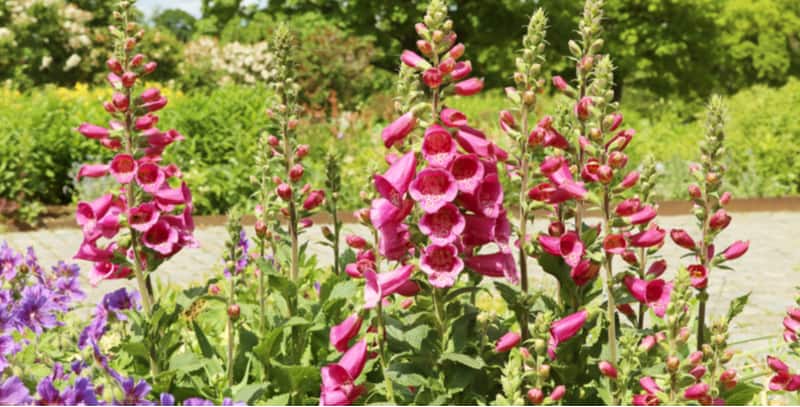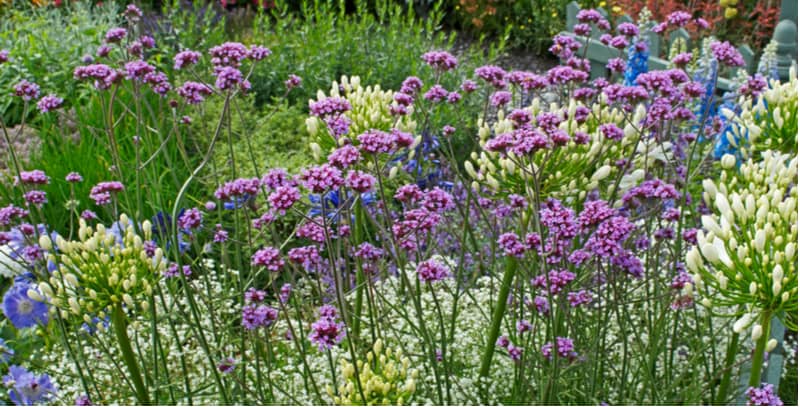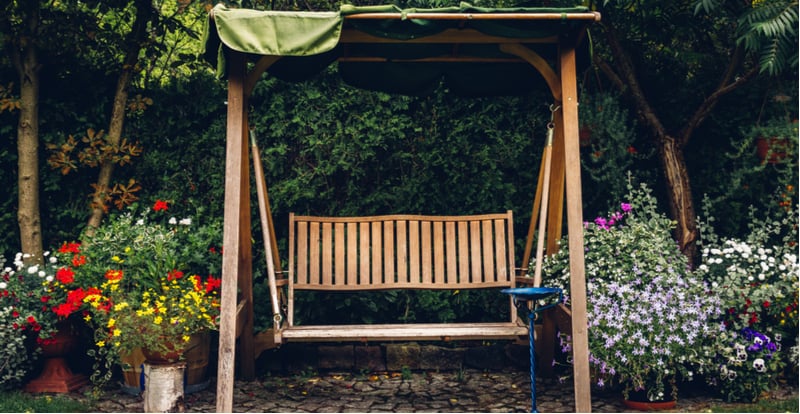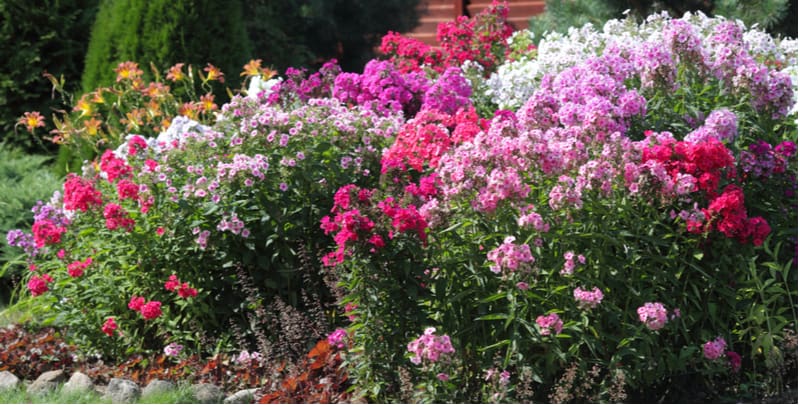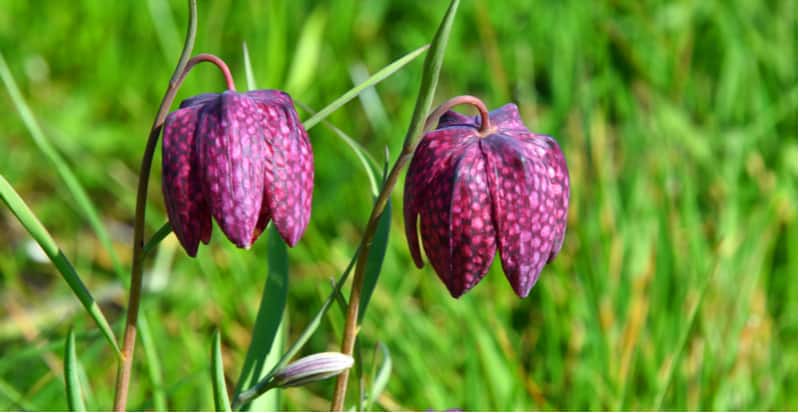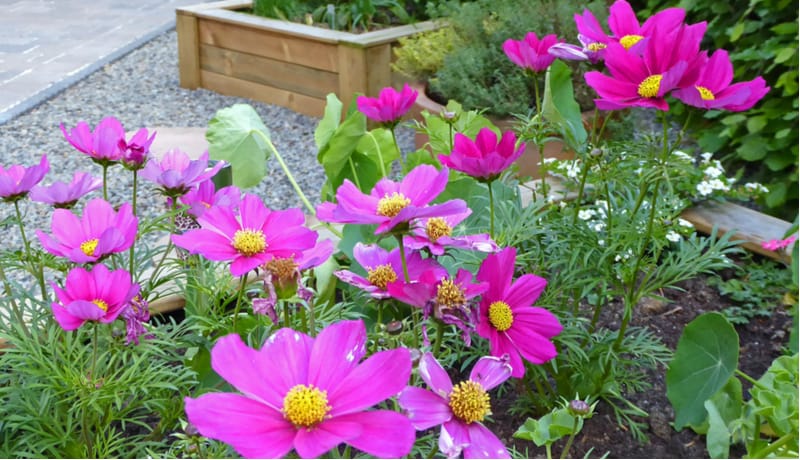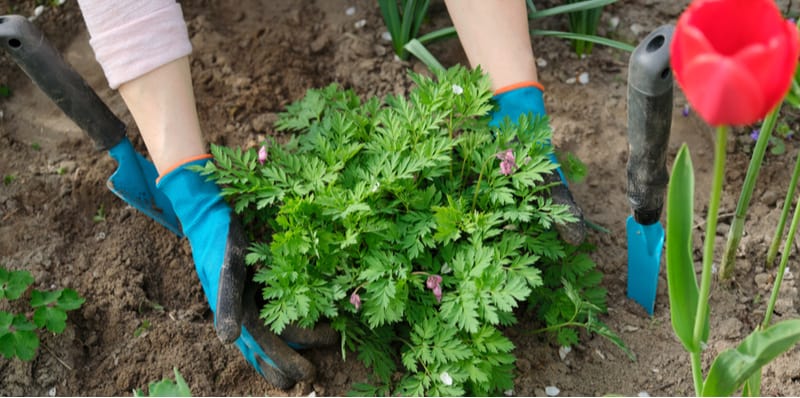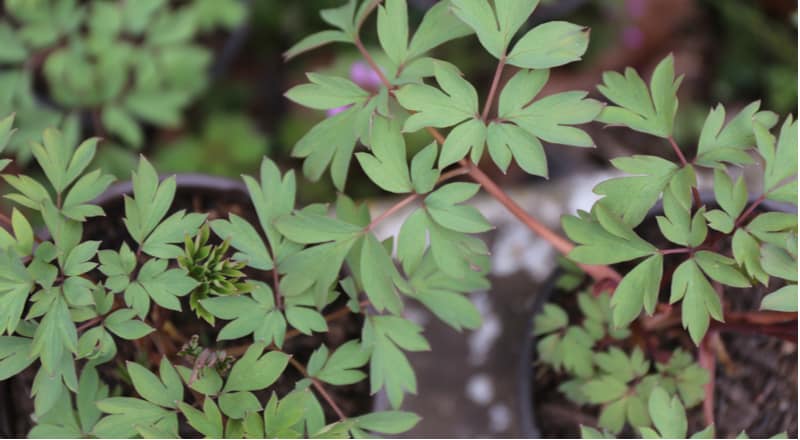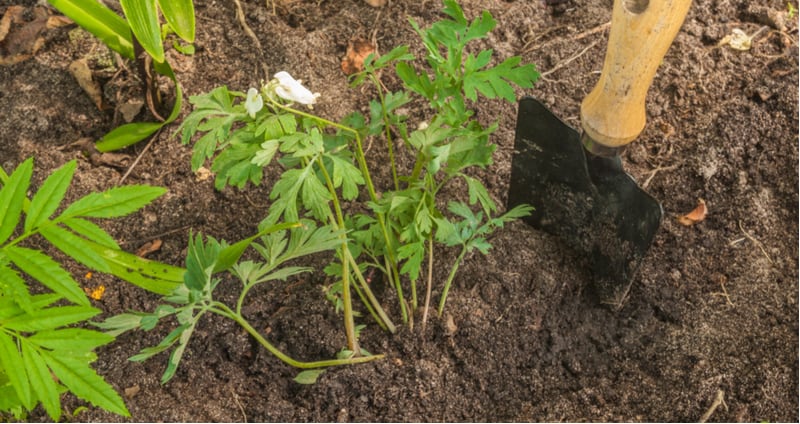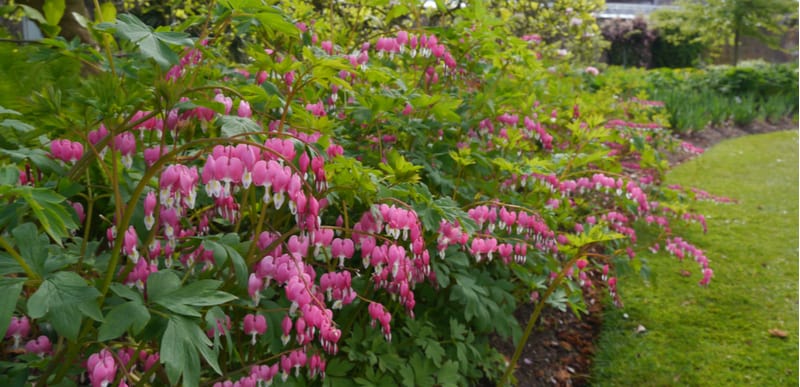Foxgloves, or Digitalis purpurea, are wild plants found in wooded areas and often along hedgerows. They are fairly short-lived, however, they will self-seed freely, meaning you (and the bees) will be able to enjoy their gorgeous flowers for a long time. They are easily identified because of the tall flower spikes that are full of trumpet-shaped flowers that are often pink and purple in colour. These are great plants for UK gardens, especially those in…
Verbena bonariensis is a beloved prairie style plant that brings to any garden butterflies and bees alike. It produces sturdy upright stems that will tower gracefully above the rest of your garden giving you all the vertical designs you need when adding different layers of height. In fact, they can grow up to two metres once they are fully established and during that time they produce clusters of bright purple flowers throughout the entire summer.…
Gardens should not be just about work – you need to relax in them as well although some people find gardening the relaxing part. Sitting on a patio chair or on a sun lounger is just fine, but they don’t move. The gentle swaying movement of a garden swing chair is restful whether you lounge, loaf or layback. It also may send you to sleep. Whether you’re in the swing chair by yourself or with…
Phlox is a stunning plant that produces billowy blooms and slender stature, something that is perfect for adding height to your garden, especially in the summer. Not only is the plant itself quite stunning and very easy to maintain but the flowers have an incredibly long flowering season that often starts as early as July and continues through until late September. Available in a range of colours, including white, yellow, pink, red and even shades…
Fritillaria is a spring flowering bulb that produces bell-shaped flowers. These flowers will add interest to your garden when not much else is flowering, ranging from bold flowers that demand all the attention, down to the more discreet and delicate flowers that are unaware of their own beauty. Some of the varieties originated in British meadows, made up of mostly the smaller delicate varieties commonly known as snakeheads while others come from Eastern Europe, one…
Cosmos are half-hardy annuals known for their ability to flower, produce seeds, and die all in just one growing season. They will usually flower all summer long until the first frosts, and they make a sensational display of colour. They are very quick and easy to grow, especially from seed, and you will start to produce flowers in as little as 12 weeks from germination. This means you can add a burst of colour to…
The Dicentra is also known as the Bleeding Heart plant and gets its name from the heart-shaped flowers that dangle creating an effect that looks as though the little hearts are bleeding. These are shade-loving woodland plants that provide said flowers at the beginning of spring when not much else is flowering. They flower for several weeks so you can enjoy them for quite some time. Dicentra prefers to be planted in cooler climates and…
Bleeding Hearts are beautiful plants that produce flowers with an appearance very similar to a heart shape that is drooping downwards, giving the impression that it is bleeding. These are delicate flowers that dangle along the pendant stalk and prefer shaded, cooler areas, like those found in the UK. What’s more, you can grow them very successfully in a pot so you don’t need a large garden space to cultivate them. It’s worth mentioning that…
Growing a Dicentra (or Bleeding Heart) from seed is actually a fairly simple process. There are a few rules that you need to adhere to and they need a cold snap first so follow our steps below to successfully grow your own Dicentra from seed. Collecting the seeds If you are already growing a Bleeding Heart in your garden you can collect the seeds from your plant after it has finished flowering. This means you…
If you are growing a Bleeding Hearts, (also known as Dicentra) you no doubt know how beautiful the delicate heart-shaped flowers are and have certainly seen evidence as to how the plant gets its name. Bleeding Hearts are woodland herbaceous perennials and they typically grow in a forest along the forest floor often protected from direct sunlight by the canopy of forest trees. They only survive in areas with good soil conditions, cooler temperatures and…

